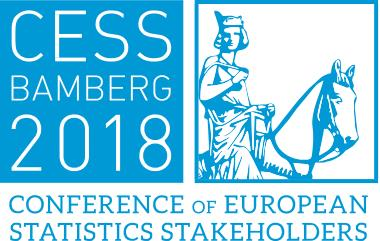In recent years, the use of new data source for statistical purposes represents a big challenge for official statistics. Great potentialities are recognized to mobile phone data for supplementing most of the statistical output on population estimates and mobility at a very fine scale. The great interest for the use of these data in Official Statistics is proved also from the several Eurostat founded projects on the topics. However, statisticians from national statistical institutes have rarely the opportunity to directly handle raw data from telecommunication providers, in order to directly investigate how raw data can be treated to extract all their potentialities for official statistics production. This work describes the first results of cooperation between Istat, the Italian National Statistical Institute, and Wind Tre, Mobile Phone Operator MPO, discussing opportunities and challenges. Some uses and the applied methodologies are introduced. The mobile phone data seem promising for further developments and innovative solutions for describing complex behavior, not completely caught by other data sources, i.e. administrative data and to explore new digital solutions taking into account always the privacy constrains. This work is also important to encourage the different stakeholders to cooperate defining a new ecosystem useful for different contexts.The usability and potentialities of Mobile Phone Data (MPD) are analyzed with respect to the new census framework, underlining the steps in which MPD may increase the information already available via administrative data and social surveys. In effect, currently, Istat and other National Statistical Institutes (NSIs) is implementing a census transformation program, the new framework provides for leaving the traditional door-to-door decennial census in favor of the combined use of statistical registers based on administrative data and social surveys. Specific aspects, like coverage of sub-population and other information that cannot be derived by administrative data and ongoing social surveys, will be investigated by yearly ad-hoc sample surveys. To this aim, MPD can be used in different ways, both as complementary data source and primary data source, as well as to validate population estimates. In this report, the abovementioned aspects are investigated, even if, firstly, the reliability of MPD is assessed through the comparison with the official estimates.
12:00 - 13:00
Contributed Paper Session
Room: Upper Foyer
Chair:
Dario BUONO
Can new fairly big data sources and modernised statistical production enhance the availability of evidence based policy agenda?
Challenges and Opportunities with Mobile Phone Data in Official Statistics
Reference:
Th-CPS02-01
Session:
Big Data and Machine Learning
Presenter/s:
Tiziana Tuoto
Presentation type:
Oral presentation
Room:
Upper Foyer
Chair:
Dario BUONO
Date:
Thursday, 18 October 2018
Time:
12:00 - 12:15
Session times:
12:00 - 13:00
